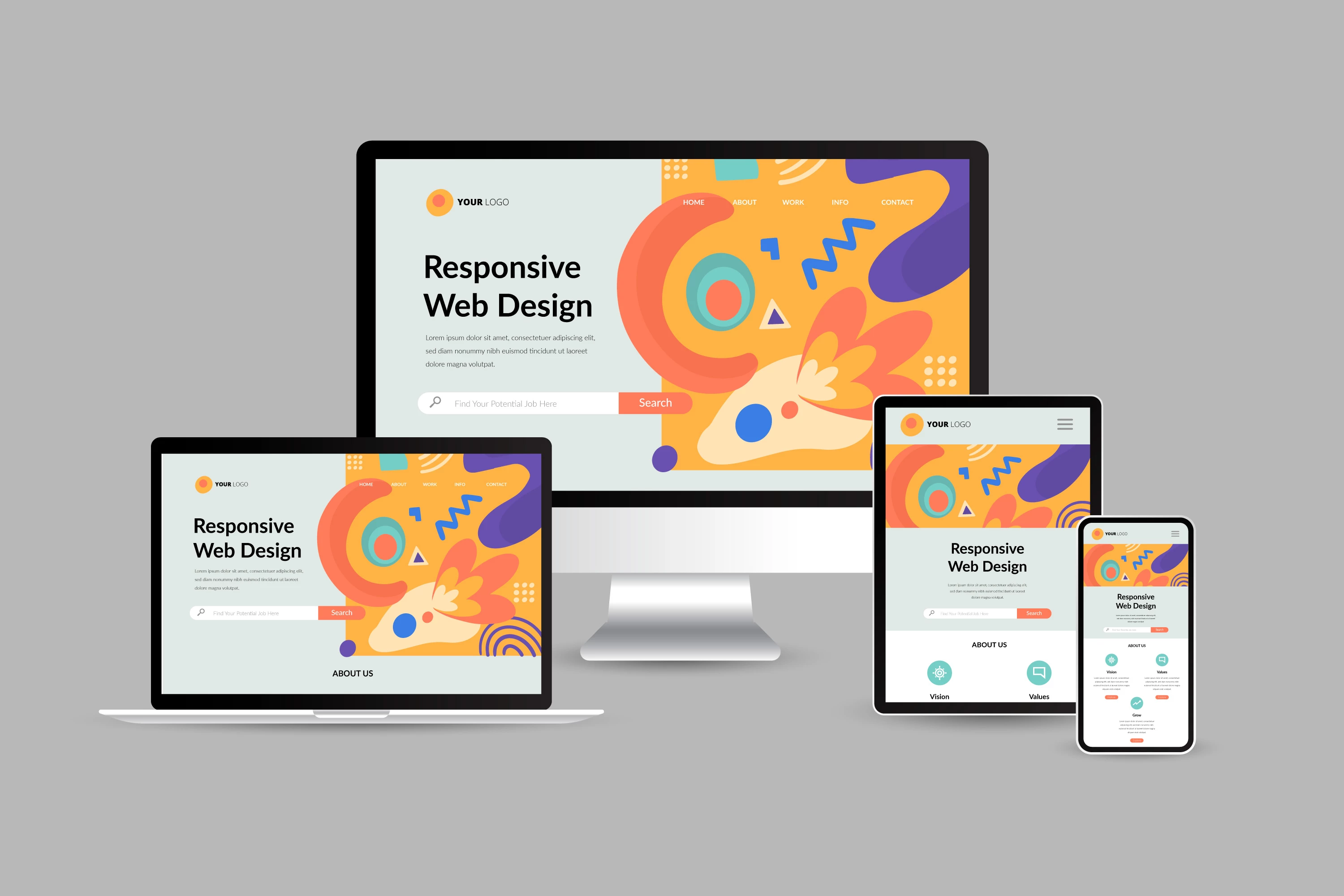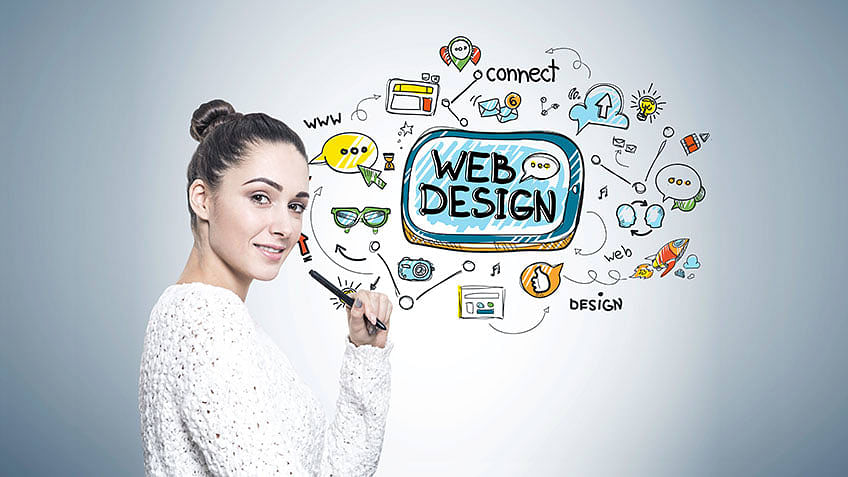Aligned Position Web Design: Professional Web Development to Maximize Your Online Impact
Aligned Position Web Design: Professional Web Development to Maximize Your Online Impact
Blog Article
The Very Best Kinds of Web Design to Improve User Experience and Interaction
In the ever-evolving landscape of electronic communication, the efficiency of Web design considerably influences user experience and interaction. Various design strategies, such as minimal, receptive, and interactive formats, each offer special advantages that can cater to varied user demands.
Minimal Website Design
As digital landscapes come to be significantly messy, minimal Web layout has actually become a powerful strategy to improving customer experience. This design philosophy prioritizes simpleness, concentrating on important elements while getting rid of unnecessary disturbances. By using ample white room, uncomplicated navigating, and a limited color combination, minimal style cultivates quality and guides user attention to essential web content.
The core concept of minimal Web layout is to produce a seamless communication for customers. By minimizing cognitive lots, customers can swiftly realize information without really feeling bewildered. This direct approach not just improves usability yet also encourages engagement, as site visitors are more probable to discover a website that is visually enticing and simple to navigate.
Furthermore, minimal style usually emphasizes typography and imagery, utilizing these aspects tactically to convey messages successfully. In significance, minimalist Web style is not simply a trend; it is a thoughtful methodology that identifies the relevance of user-centered layout.
Receptive Website Design
In today's diverse digital setting, receptive Web layout has ended up being necessary for producing a smooth customer experience throughout a plethora of devices. As users gain access to web sites on smartphones, desktops, laptops, and tablet computers, the capability of a web site to adapt its format and content to different display sizes and resolutions is vital.
Responsive Web design employs adaptable grids, images, and CSS media queries to guarantee that Web content exists ideally, no matter of the gadget used. This strategy not only improves the aesthetic appeal of a site but also significantly enhances functionality. Customers are most likely to engage with a website that uses a regular experience, as it gets rid of the frustration of having to zoom in or scroll excessively.
By adopting responsive layout, organizations can improve their visibility and get to a wider target market. In summary, receptive Web design is a basic technique that boosts user experience, engagement, and total satisfaction.
Interactive Web Style
Responsive Web design lays the foundation for improving individual experience, yet interactive website design takes this an action additionally by involving individuals in an extra dynamic way - Aligned Position Web Design. By including components such as animations, clickable models, and real-time responses, interactive website design captivates customers, attracting them into a richer browsing experience
This method not just fosters involvement but also motivates users to explore content proactively rather than passively eating it. Strategies such as gamification, where customers gain benefits for finishing tasks, can significantly improve the moment invested on a site and improve overall fulfillment. Interactive attributes can streamline complex info, making it more absorbable and pleasurable.

Incorporating interactive layout elements can likewise bring about higher conversion rates, as users are more probable to involve with a website that actively entails them. Aligned Position Web Design. Ultimately, interactive website design Web Site transforms individual experiences into unforgettable trips, guaranteeing that visitors return time after time
Flat Design
Identified by its minimalistic approach, level design highlights simpleness and capability, removing away unnecessary aspects and concentrating on crucial features. This style approach focuses on use, guaranteeing that customers can browse user interfaces easily and efficiency. By utilizing a tidy aesthetic, flat design gets rid of the clutter typically discovered in much more ornate designs, thus boosting customer concentrate on material and capability.
The trademark of flat style depends on its find out this here use vibrant shades, basic typography, and geometric forms. These elements add to an aesthetically attractive interface that is both approachable and contemporary. Additionally, level style fosters a feeling of clarity, enabling individuals to determine essential actions and info without disturbance.
Additionally, level layout is particularly reliable in responsive Web layout, as its simpleness translates well across numerous gadgets and display sizes. By concentrating on crucial features, level layout not just meets individual requirements however additionally urges seamless interaction, making it a vital element of efficient Web layout approaches.
Adaptive Website Design
Flexible website design tailors the customer experience by creating several taken care of designs customized to various display dimensions and gadgets. Unlike responsive layout, which fluidly changes a solitary design, flexible design employs distinct layouts for certain breakpoints, guaranteeing optimum presentation on various platforms. This approach permits developers to concentrate on the distinct qualities of each tool, enhancing use by supplying exactly what customers require based upon their context.
Among the main benefits of flexible Web design is its capability to maximize load times and performance. By serving tailored material and pictures that fit the user's device, sites can decrease information usage and enhance loading speeds. This is especially valuable for users with slower connections or limited data plans.

In addition, adaptive layout helps with an extra regulated and consistent branding experience. Because designers create numerous layouts, they can guarantee that the aesthetic components align with the brand name's identification across different systems - Aligned Position Web Design. This causes a natural customer experience, boosting involvement and advertising customer retention
Conclusion
To conclude, the integration of minimalist, receptive, and interactive Web design principles dramatically improves individual experience and engagement. Minimalist layout fosters clarity and emphasis, while receptive layout makes certain adaptability throughout numerous devices, advertising availability. Interactive layout astounds customers via vibrant components, motivating exploration and customization. Collectively, these layout approaches add to the production of straightforward settings that not only boost contentment but additionally drive greater conversion prices, emphasizing their vital value in modern website design strategies.

Minimalist style promotes clearness and emphasis, while receptive style makes sure flexibility across numerous gadgets, advertising availability. Collectively, these design approaches add to the production of user-friendly environments that not only improve complete satisfaction however also drive greater conversion prices, underscoring their crucial significance in contemporary Web design strategies.
Report this page